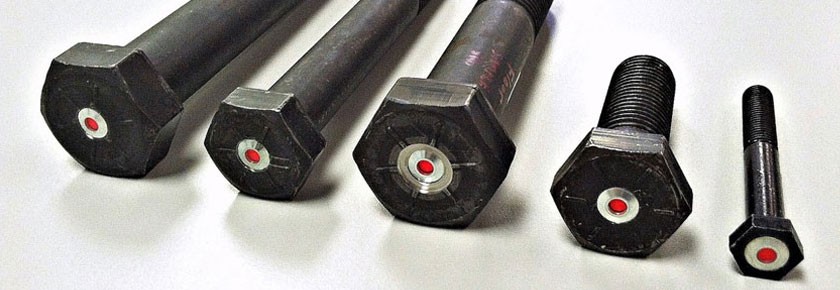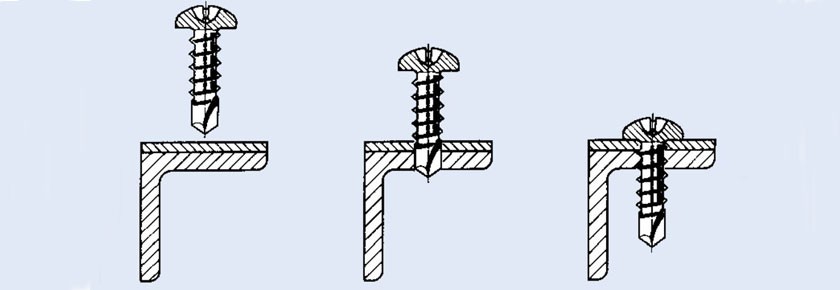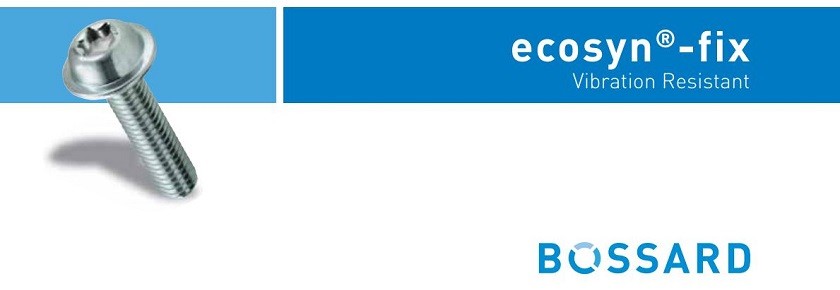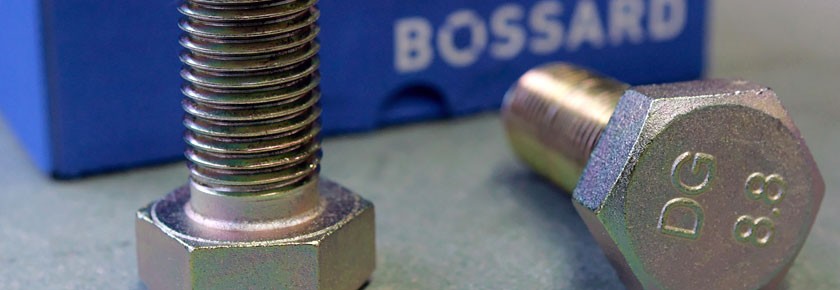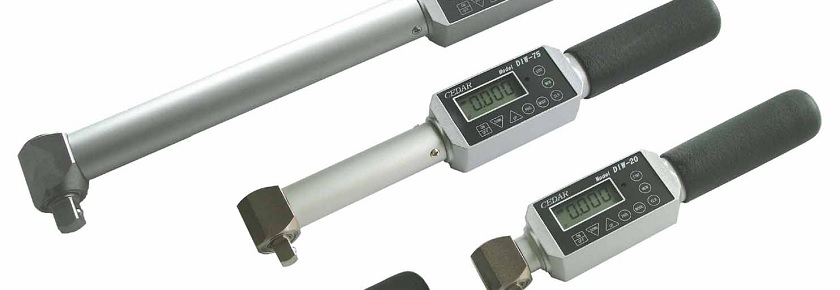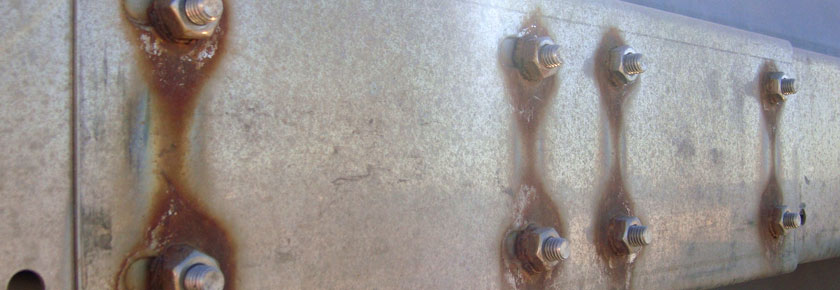Cedar Falls, IA – Bossard has earned recognition as a Partner-level supplier for 2015 in the John Deere Achieving Excellence Program. The Partner-level status is Deere & Company’s highest supplier rating. The Cedar Falls-based company was selected for the honor in recognition of its dedication to providing products and service of outstanding quality as well as its commitment to continuous improvement. Company employees accepted the recognition during formal ceremonies held on March 3rd, 2015 in Bettendorf, IA.
Bossard is a supplier of product solutions, application engineering, and logistics to John Deere’s operations globally.
Suppliers who participate in the Achieving Excellence program are evaluated annually in several key performance categories, including quality, cost management, delivery, technical support and wavelength, which is a measure of responsiveness. John Deere Supply Management created the program in 1991 to provide a supplier evaluation and feedback process that promotes continuous improvement.
The Bossard Group is a leading global supplier of product solutions and services in industrial fastener and assembly technology. With over 800,000 items in its comprehensive product range, technical consulting (engineering) and warehouse management (logistics), Bossard has positioned itself as an end-to-end supplier and partner in industry.
Bossard’s customers include local and international industrial OEM companies who use Bossard solutions to improve their productivity. The Group generates sales revenues of more than CHF 600 million with over 2,000 employees in 60 locations worldwide. Bossard is listed on the SIX Swiss Exchange.
Press Release:


